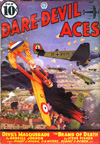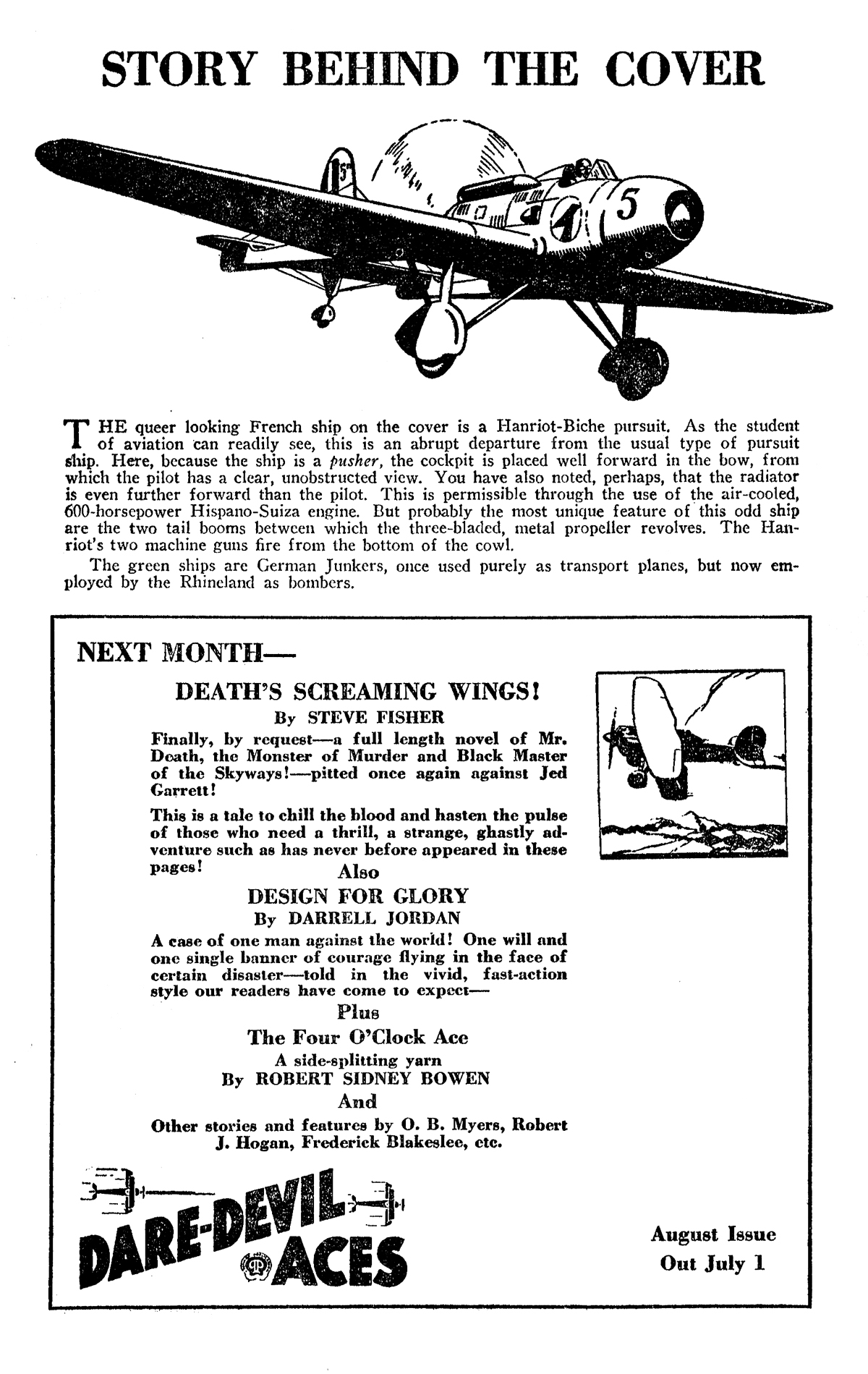
IN MAY 1927, ninety years ago, a little known U.S. Air Mail pilot became the first person to fly non-stop across the atlantic from Long Island, New York to Paris, France. Two months later, that aviator, Charles Lindbergh, embarked on a three month Good Will Tour of America that would see Lindbergh visit 82 cities in all 48 states and deliver 147 speeches and ride in countless parades. It’s estimated he was seen by more than 30 million American—one quarter of the nation’s population at the time.

The Tour’s purpose was the promotion of Aeronautics and to raise interest in commercial aviation. Lindbergh flew in the famed Spirit of St. Louis and was accompanied by a crew of three that flew along separately arriving a half an hour ahead of Colonel Lindbergh at all stops. Heading up the crew was Capt. Donald E. Keyhoe of the aeronautics branch, US Department of Commerce who is acting as Colonel Lindbergh’s aide and business manager of the tour; piloting Capt. Keyhoe’s plane was Philip R. Love, inspector, aeronautics branch, US Depatment of Commerce; the third member of the crew—arguably the most important—is Theordore Sorensen, expert mechanic of the Wright Aeronautical Corporation, Paterson, NJ, who’s job it is to keep the Wright Whirlwind, nine-cylinder motor of The Spirit of St Louis in shape for the 13,000 mile grind.

The tour’s participants (left to right): Donald E. Keyhoe, Philip Love, Charles Lindbergh,
with C. C. Maidment, and Milburn Kusterer.
Heralded everywhere they went, the Tour was a great success. Lindbergh followed it up with a Good Will Tour of sixteen Latin America countries between December 1927 and February 1928.
Captain Donald E. Keyhoe wrote a book about his experiences flying with Lindbergh on the Good Will Tour. It was published by G.P. Putnam’s Sons in 1928. As promotion for the book—simply titled “Flying with Lindbergh”—Keyhoe himself went on a bit of a promotional tour speaking at various schools across the country.
Below is a recounting of Captain Keyhoe’s talk to the packed crowd at the high school in Belvidere, Illinois.
PAL OF LINDY TALKS TO BIG SCHOOL CROWD
Belvidere Daily Republican, Belvidere, IL • Tuesday, November 27, 1928
LIEUTENANT DONALD KEYHOE TELLS OF ODD SENCE OF HUMOR OF THE “FLYING COLONEL†AND RELATES SWIFT PROGRESS OF AVIATION IN THIS COUNTRY—ADDRESS MUCH ENJOYED
By far the most enjoyable and instructive of the attractions yet offered during the progress of the high school lyceum program was the appearance and address given Monday afternoon by Lieut. Donald Keyhoe, who accompanied Col. Charles Lindbergh on his goodwill trip over the United States following his epochal solo flight to France.
Lieut. Keyhoe, who has been publicity director of the U.S. bureau of aviation of the department of commerce, appeared before the crowd that entirely filled the high school auditorium attired in a marine uniform.
He punctuated his highly informative and interesting talk with interesting experiences he has had in the flying game and while all were much enjoyed especially so were those with Col. Lindbergh. “Lindy” he described as a man without a nerve in his body and utterly without fear. He said he detests hero worship and will frequently quit hotels by riding down on a freight elevator at the rear rather than encounter crowds waiting for him in front.
The colonel, he said, has an odd sense of humor and told of how he and another flyer had shaved off one half of the speaker’s mustache, forcing him to remove the other half. Keyhoe also recounted an incident wherein Lindbergh had sewed up his clothing while he slept and also stitched tightly in his pocket his billfold. Lindbergh remarked to the hotel clerk while Keyhoe was endeavoring to get it out that it merely showed his Scotch training and that he sewed it in his pocket that way every night.
The desire to fly, Keyhoe said, started back in the stone age but the first real attempt was not made until 1783 when the first smoke balloon made a successful flight with animal passengers in the basket. “There are no dull moments in the flying of balloons,” he said pointing out that they are left to the whims of the elements.
There has been some criticism of the U.S. government, he said. over the building of dirigibles but pointed out that the two now being constructed for the navy overcome all objections.
The greatest advance in flying has been in airships. He traced the steady progress of aviation since the first Wright plane had been sent aloft and said it received its biggest boost during the late war. Rapid strides have been made since the coming of peace until today there are airplanes from coast to coast with airports and beacon lights to assist flyers.

“Your training days will be the happiest of your education,” he told the big crowd of students.
Commercial aviation got its big boost from Col. Lindbergh’s goodwill flight and since that time there has been a steady and rapid increase in air mall, air mindedness, etc.
The speaker said that flying is becoming more and more safe and that much unfavorable newspaper publicity concerning accidents has been a retarding factor. Government regulations, he pointed out. tend to discourage stunt flying.
He painted a picture of the future of aviation and said that it will be but a short time until practically everybody “will be tacking to the air.” Although
there are still some doubters concerning aviation he prescribed as a cure a ride with a trusty pilot.


Plenty of thrills may be had 
from flying he said without resorting to ddoing “stunts” in the air.
Lieut. Keyhoe was introduced by Supt. R.E. Garrett and given a rousing welcome by the students.

The aviation committee of the Chamber of Commerce was present and held a short conference with him following his address.
If you’d like to read of Keyhoe’s experiences flying with Lindbergh, here’s a copy of Keyhoe’s book sourced a few years ago from archive.org:
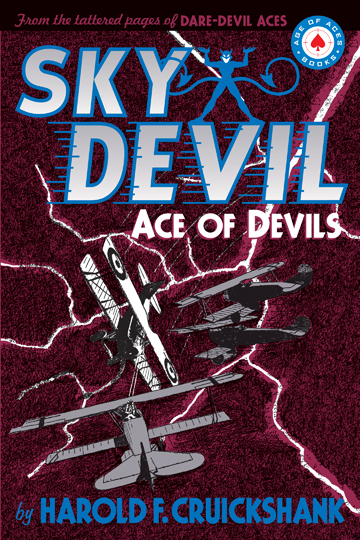






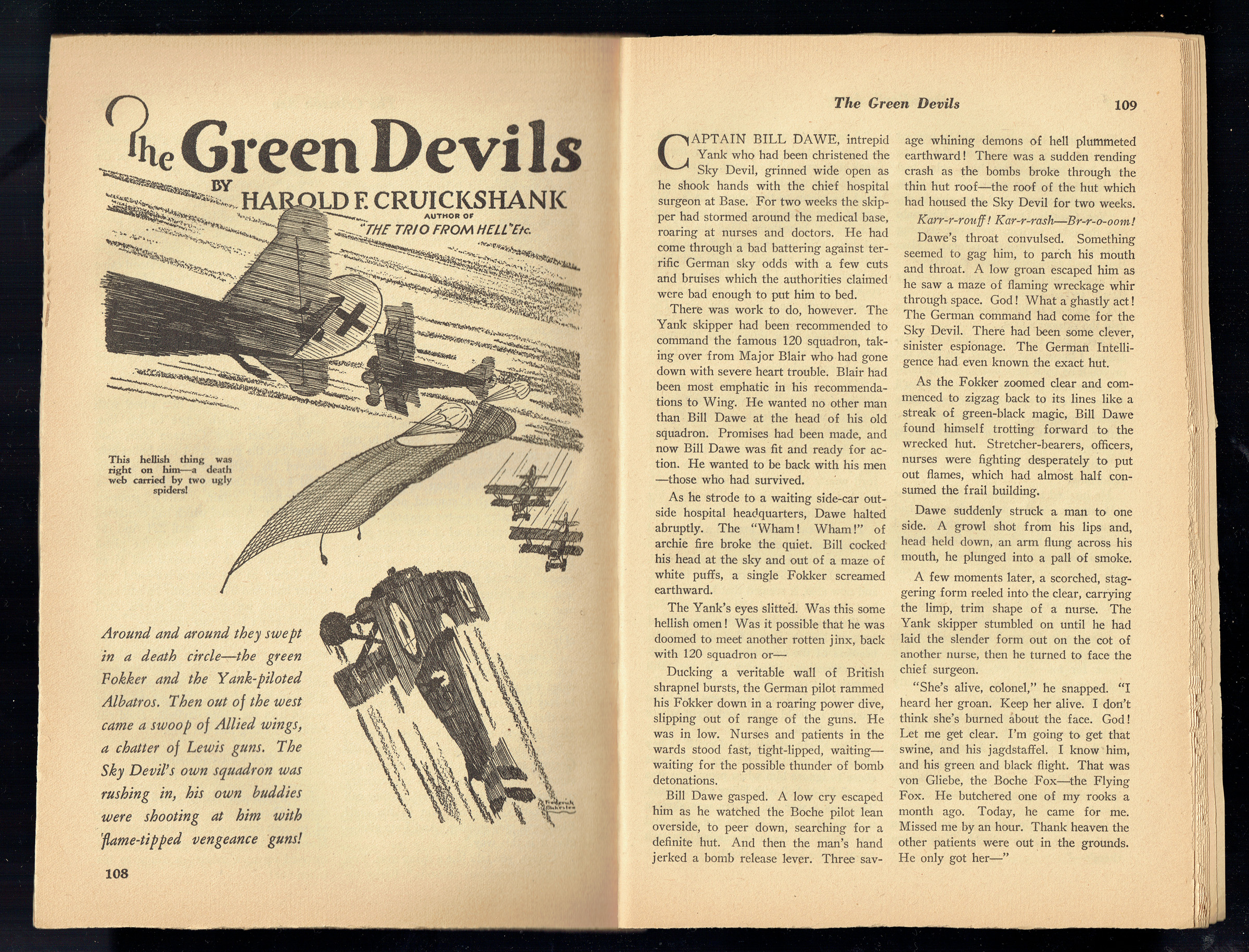
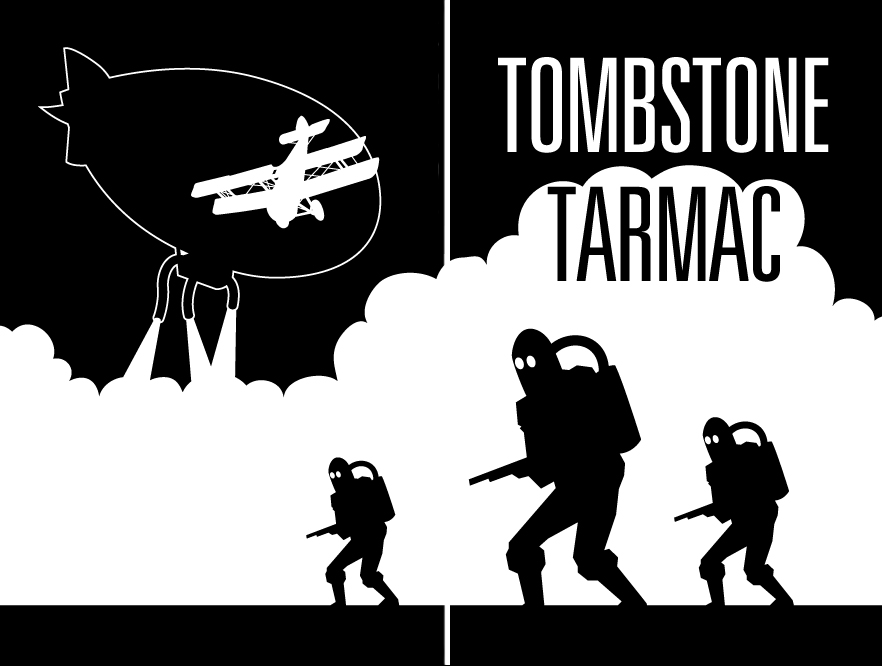
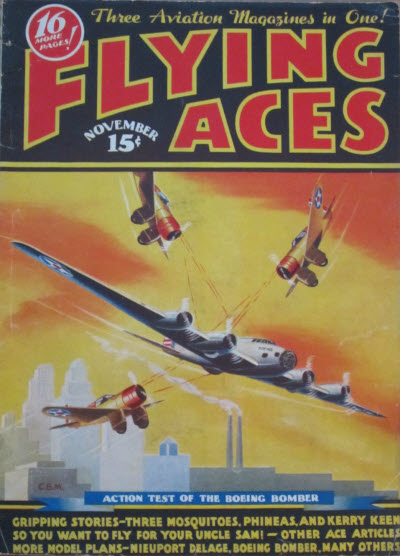 That sound can only mean one thing—that Bachelor of Artifice, Knight of Calamity and an alumnus of Doctor Merlin’s Camelot College for Conjurors is back and this time the marvel from Boonetown manages to wrangle himself a pass for leave but ends up fishing in the English Channel and reels in a Kapitan Poison in his deadly submersible!
That sound can only mean one thing—that Bachelor of Artifice, Knight of Calamity and an alumnus of Doctor Merlin’s Camelot College for Conjurors is back and this time the marvel from Boonetown manages to wrangle himself a pass for leave but ends up fishing in the English Channel and reels in a Kapitan Poison in his deadly submersible!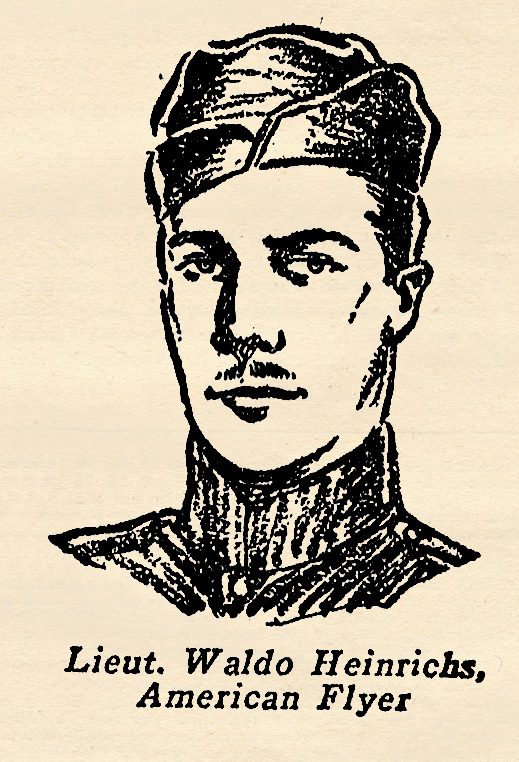 the first contingent of flying cadets to be graduated from the air combat school at Issoudun, France, the great flying field established by the American Air Service on foreign soil after the United States entered the war. He was one of tho original members of the famous 95th Pursuit Squadron, the first American squadron to do actual front line duty with the American Army. Among his squadron mates in the 95th were Lieutenant Quentin Roosevelt and Lieutenant Sumner Sewell.
the first contingent of flying cadets to be graduated from the air combat school at Issoudun, France, the great flying field established by the American Air Service on foreign soil after the United States entered the war. He was one of tho original members of the famous 95th Pursuit Squadron, the first American squadron to do actual front line duty with the American Army. Among his squadron mates in the 95th were Lieutenant Quentin Roosevelt and Lieutenant Sumner Sewell.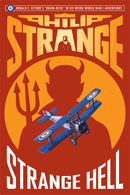
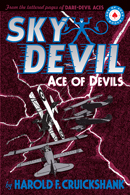




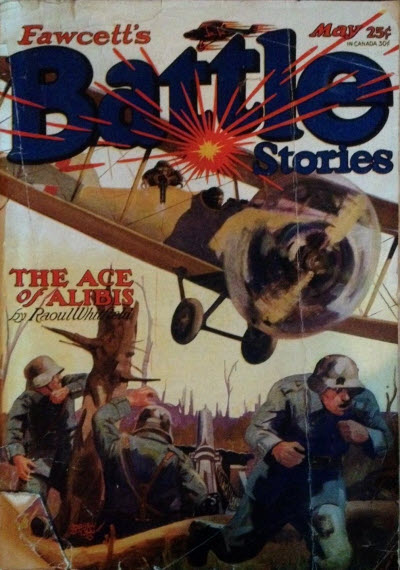 going to find in Fawcett’s Battle Stories’ letters column, The Funkhole. Frequently there is information about their authors or even letters from them. In the May 1929 issue I was surprised to find a letter from Harold F. Cruickshank himself! It was in response to a reader thinking he may have come afoul of him during the late great hate! (The portrait of Mr. Cruickshank below was in an ad a few pages later!)
going to find in Fawcett’s Battle Stories’ letters column, The Funkhole. Frequently there is information about their authors or even letters from them. In the May 1929 issue I was surprised to find a letter from Harold F. Cruickshank himself! It was in response to a reader thinking he may have come afoul of him during the late great hate! (The portrait of Mr. Cruickshank below was in an ad a few pages later!)
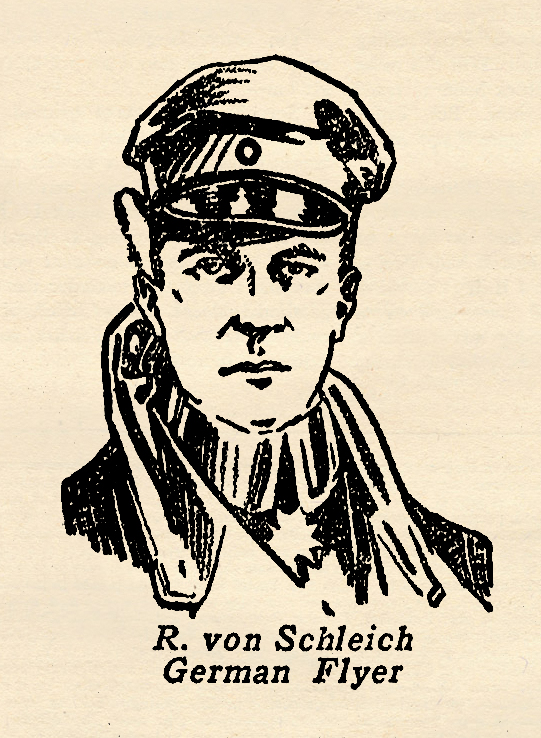 of the least known, but nevertheless, one of the greatest and most successful of the German war birds. A nobleman by birth, he was educated for service in the army beginning with his early childhood. When the war broke out he was an officer in the Uhlans, the most aristocratic branch of the German Army. After transferring to the flying corps, he served some time as an observer, before learning to become a pilot himself; paralleling in that respect the career of Baron Manfred von Richthofen, who preceeded him as an officer of Uhlans.
of the least known, but nevertheless, one of the greatest and most successful of the German war birds. A nobleman by birth, he was educated for service in the army beginning with his early childhood. When the war broke out he was an officer in the Uhlans, the most aristocratic branch of the German Army. After transferring to the flying corps, he served some time as an observer, before learning to become a pilot himself; paralleling in that respect the career of Baron Manfred von Richthofen, who preceeded him as an officer of Uhlans.